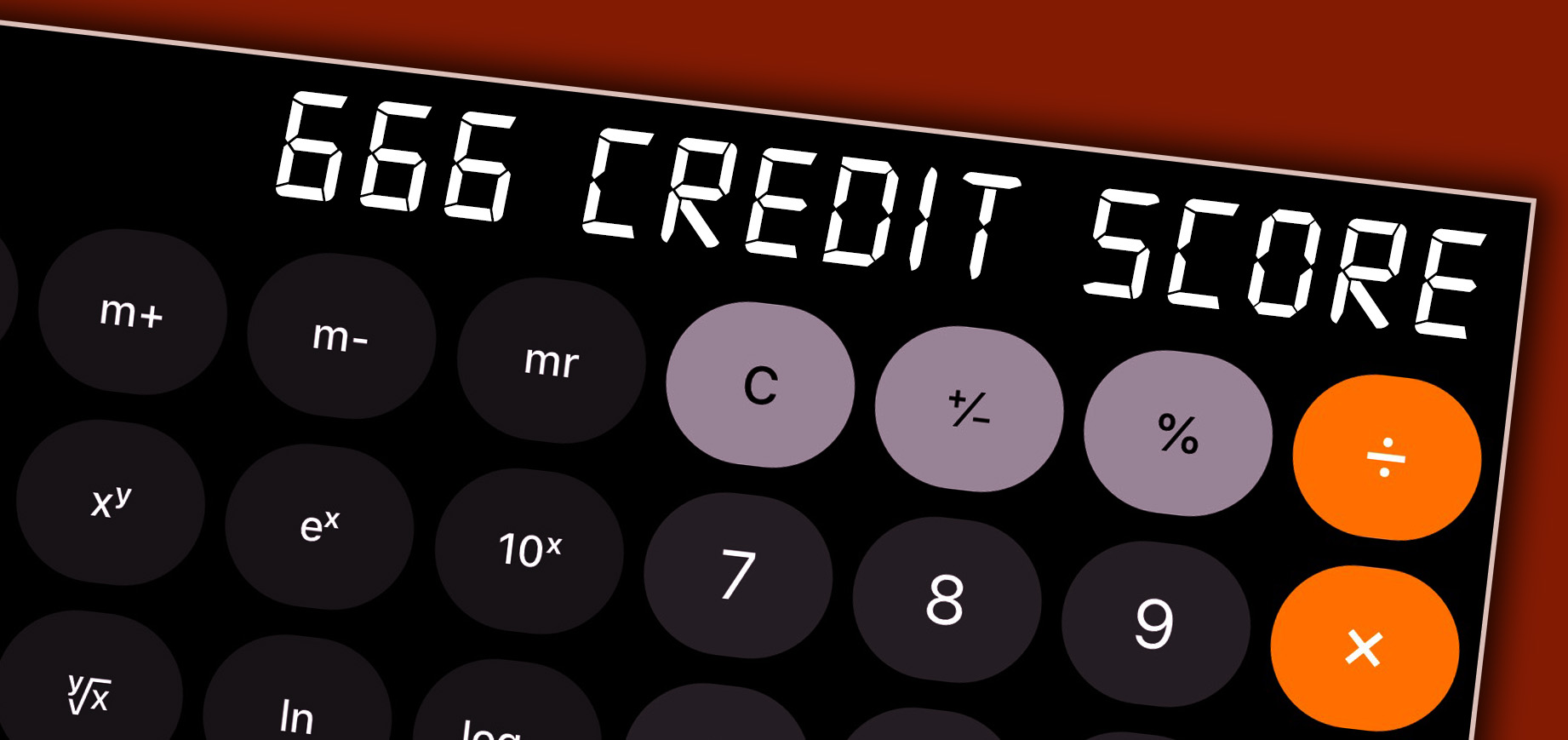What’s your credit score? Do you know? How do you check? What does it mean? How do you establish one? If you don’t know the answer to any of these questions, you’re not alone. Up until two years ago I was not even remotely concerned about the state of my credit. Since then I’ve learned that my credit will soon be integral to the way I live and if you’re the average student you should probably know at least a little bit about how it works.
Let’s assume that right now you’re starting from the bottom. Your first goal should be understanding what credit is. Credit is “money” that is loaned to you based on the understanding that it will be paid back with a fee, known commonly as interest, added to the original sum as a service fee for advancing you this “money.” What is important to remember is that credit is not really money. It isn’t yours and if you use it and fail to pay back the amount you used, you’ll be charged interest on the full amount you’ve used. It isn’t as simple as borrowing money and paying it back. For example, if you use one hundred dollars of credit and your lender charges you interest at a rate of one percent, by the end of the month if you haven’t paid your bill you’ll be charged one dollar. Interest rates and schedules can vary, but rates are usually far worse than one percent, especially for young people like us. Because these rates are also compounding, if you apply for a large amount of credit you can get yourself into trouble quite rapidly. This is why basic financial literacy is important.
Now that you understand what credit is, we can move on to a common example, the credit card. A credit card is something that you are probably familiar with: just like a debit card, but with a limit of a certain amount. These cards often belong to a financial institution like BMO or Scotiabank, with the payments made on it administered by companies like VISA or Mastercard. You have to be eighteen to apply for one, and most banks provide a number of “products” or types of cards from which you can choose.
Let’s assume that in this case you’re applying for a new credit card and you’ve never taken a loan from a bank before. When you apply for credit, whether it’s a line of credit, a mortgage, or in this case a credit card, your bank will check your credit report to judge whether or not it’s a good idea for them to allow you to borrow the amount you requested. But, because you have never been issued credit before the bank won’t have a credit report for you. In this case you’ll be asked to provide something the bank calls “proof of income.” Basically, they want to know that you have money with which to pay them back should they allow you to borrow. A pay stub from your last employer is usually sufficient proof of income.
Now that you have a credit card, you’ll be able to begin establishing your credit. This will come with time after you have been issued your credit card. Having “established credit” is essentially the act of using credit that credit monitors can generate a report on. This credit report is a record of your financial history, but more specifically it’s a history of your “credit obligations.” According to credit monitoring agency TransUnion, the things that appear on your credit report include, name, birthdate, social insurance number, and most importantly your history of payments to credit grantors like banks. There are other credit grantors, but for now they don’t matter. Now that you have a credit report based on which lenders can assess your trustworthiness, you can begin to worry about your credit score.
You can imagine your credit report as your transcript, and your credit score as your cumulative grade point average. Your CGPA is a summary of the information contained within your transcript in the same way that your credit score is a summary of the information contained within your credit report. There are a few significant similarities between a credit score and a CGPA. For instance, the higher your number the better. The credit score equivalent of a 4.0 is somewhere in the neighbourhood of 875-900, with 900 being the best possible score. As a matter of fact, anything higher than an 800 is considered perfect. On the low end of things, a 2.0 is basically in the 743-789 range. Again, just like your CGPA, the mistakes that you make will change your score years in the future. TransUnion has an incredibly helpful webpage that explains some of the things that will appear on your report which can make your credit score fluctuate.
Things that can make your credit score go down include basic bad credit behaviour. Not paying your bill on time, not making your minimum payments, and bankruptcies can all decrease your score. Bad offences can stay on your report for as long as seven years in some provinces. Typically, it’s your payment history that affects your score the most. If you fail to make your minimum payment a few times, you can expect your score to drop. How much it drops or increases for any one “credit event” depends on how bad the event is. Credit inquiries can also make your score decrease. For example, if you apply for a new credit card and the bank you apply with looks into your credit, your score may decrease. This doesn’t mean you shouldn’t check your own credit score. My bank offers an analysis of my score to me online and it doesn’t count as an inquiry. Checking your credit score a minimum of once a year is key.
Some credit events are positive and may increase or preserve your score. Paying your bill on time is key, but you should also make sure that you’re not using too much of your credit. Usually holding a balance of 35 percent of your maximum limit is comfortable. If you’ve got a limit of $1000 keep your charges below $350. Using your card frequently is also good, but mostly for things that you can easily pay back. Spotify, Netflix, or any other low-cost monthly subscription are good things to charge to your card. Paying off your oldest card and cancelling it can also help your credit.
If you’re not careful with credit, things can go poorly. My personal journey with credit has been something of a nightmare. I was about as financially responsible at 18 as one could expect. I walked into my bank a week after my eighteenth birthday and applied for a low limit no fee credit card. After getting approved I ran up some charges on my card. My lack of financial literacy at the time coupled with disingenuous banking practices resulted in a total credit disaster. My particular card was apparently designed specifically for students. With a low interest rate, it seemed perfect. After managing to make minimum payments for a few months on what was less than $500 of charges I was in a pretty decent spot. But that low interest rate that I was in love with was what is commonly referred to as a “teaser” rate: my interest rate was only so low for a limited time, and after three months the rate increased. Obviously, I was not aware of this. On month four of my brand-new credit card I received my online statement and nearly shit myself. Not only did I have quite a sum accrued in interest, but it put my card over the limit which caused an over-limit charge of $29. It was quite an expensive lesson to learn but following this I became quite interested in how lending operated. Improving your credit score requires a lot of time and patience. Financial literacy is essential, and as young adults we should do our best to learn the ins and outs of the system to come out with a positive result. You might have a multitude of questions regarding personal finance, but you would be best served to start with a good credit score.
Christopher Vanderburgh is a fifth-year (Honours) Politics student and the Features Editor of The Athenaeum





